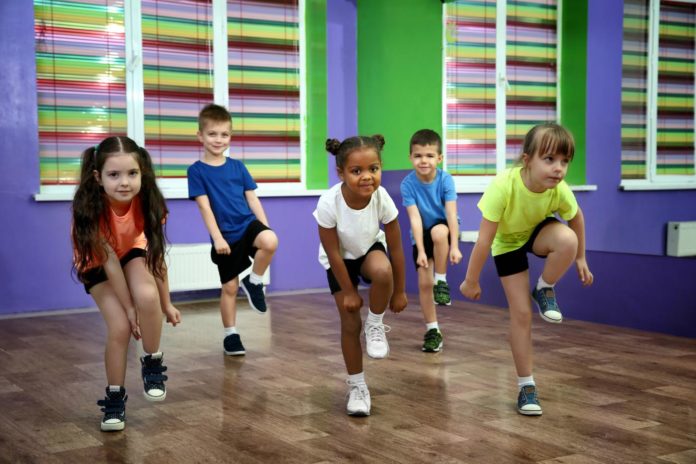Asked by someone for advice on living a good life, baseball great Satchel Paige responded: “Work like you don’t need the money. Love like you’ve never been hurt. Dance like nobody’s watching.” Intriguing, isn’t it, that, along with those two heavyweights of the human condition – love and money – he included dancing?
Anyone with children knows that almost from the moment a child can walk, he or she begins to gyrate to music, legs and arms moving, head bobbing. Rare is the child who doesn’t occasionally and spontaneously lapse into dance while navigating a grocery store aisle with mom or hardware store with dad. They literally can’t help themselves.
Dance and Boys
But with age comes self-consciousness, and by their early teens a majority of kids – particularly boys – cease to dance or, if they do, it’s in private. Which explains why those early middle school dances so often are characterized by girls on the dance floor while boys watch from the periphery.
Work like you don’t need the money. Love like you’ve never been hurt. Dance like nobody’s watching.
Yet across time and culture, dance has played an enormously important role in human evolution. Far from being simple motion set to music or cadence, dance is human cognition, language, art, and expression all rolled into one.
And dancers are highly unique, wrote Ursula Le Guin, in that they, more than any other human, “have the most accurate, vivid sense of their own appearance. What dancers look like is, after all, what they do.”
We could do on and on about this, but suffice it to say there are many reasons why dance is good for kids. Here are five we consider particularly important.
Confidence
One of the many reasons early teens become self-conscious and abandon dancing is the physical awkwardness that comes with puberty. Legs and arms sprout out like weeds, feet expand, and normally simple tasks become accidents waiting to happen.
By learning dance, however, children become far more aware of their bodies and how to move them in meaningfully expressive ways. And by becoming confident dancers, teens – yes, even boys – become comfortable taking the dance floor and connecting in meaningful ways with others.
Flexibility
Dance requires physical dexterity, limberness, flexibility and strength. Many is the first-timer who is surprised by how physically demanding those first lessons can be, yet equally grateful when they start to experience a newfound sense of confidence in their movements.
Expressiveness
As with other art forms, dance is a powerful means of expression for children who may not yet have the powers of language at their disposal. A ‘hyperactive’ child, for example, may simply need an outlet for expressing the unconscious feelings and emotions coursing through their veins.
Exercise
Until they push into their hormone-addled teenage years when sleep becomes a mainstay, kids enjoy (and parents often suffer through) boundless energy. On rainy days, a child literally might be bouncing off the walls. Dance is an excellent way to enable kids to burn off energy without the physical risk often associated with more traditional sports (e.g. football, basketball, soccer, etc.).
Socializing
A central challenge facing kids is learning to ‘play nice’ with others, particularly when working in class on increasingly complex projects. Like theatre, dance requires children to master a skill both individually and within a group. This choreography of movement is an excellent way for kids to learn to depend on others and, similarly, to have others depend on them.

